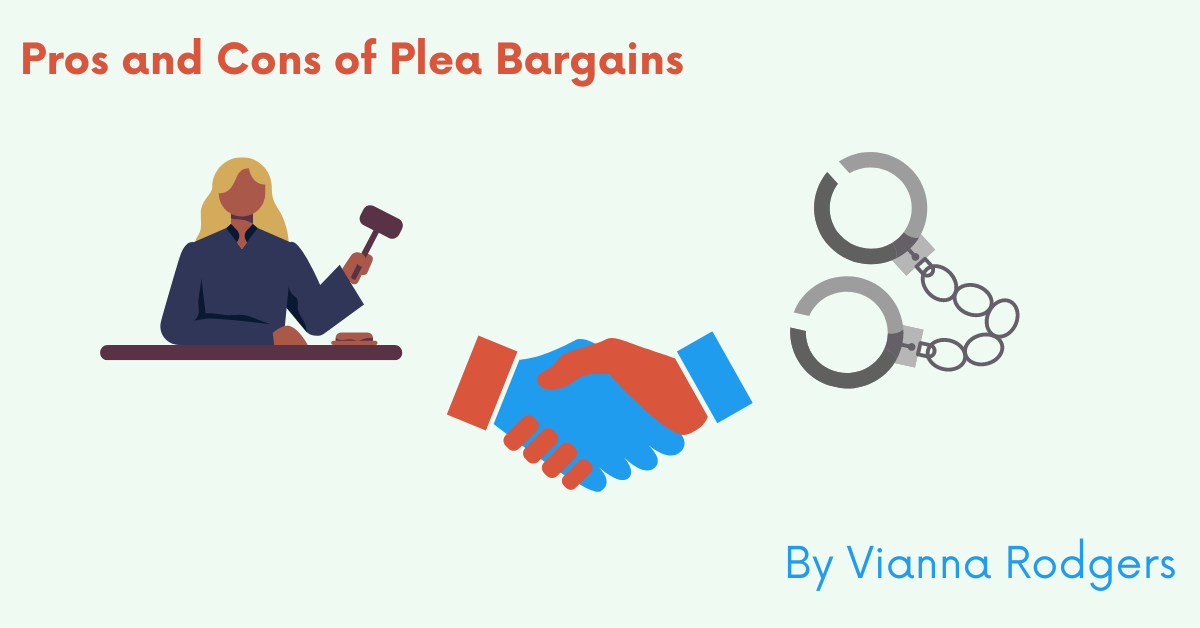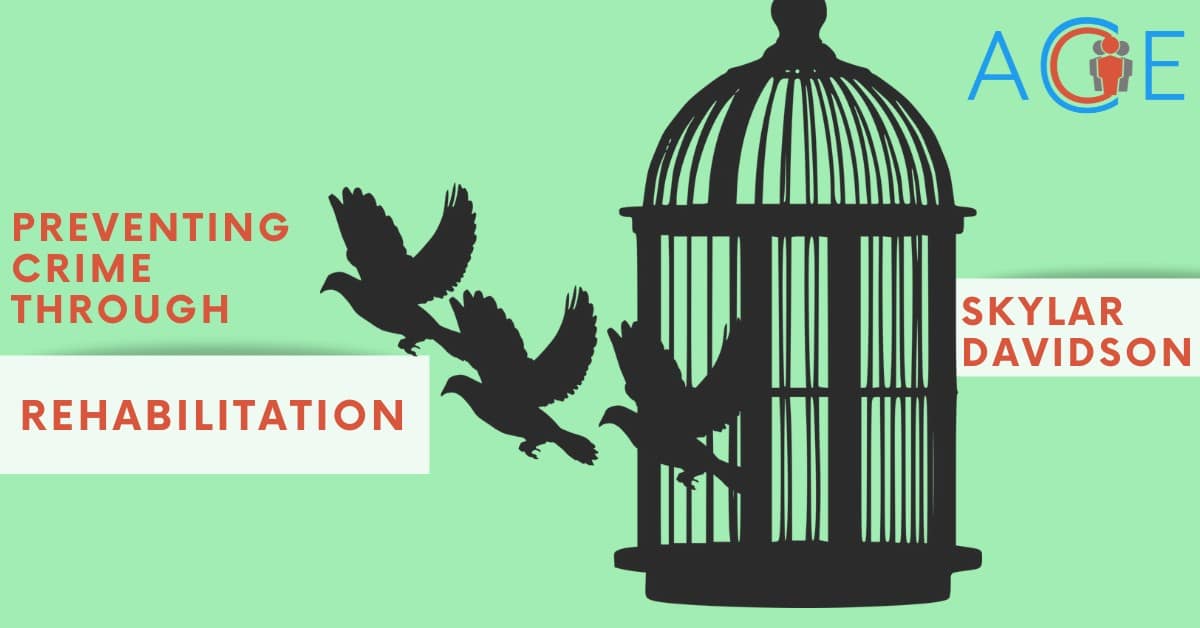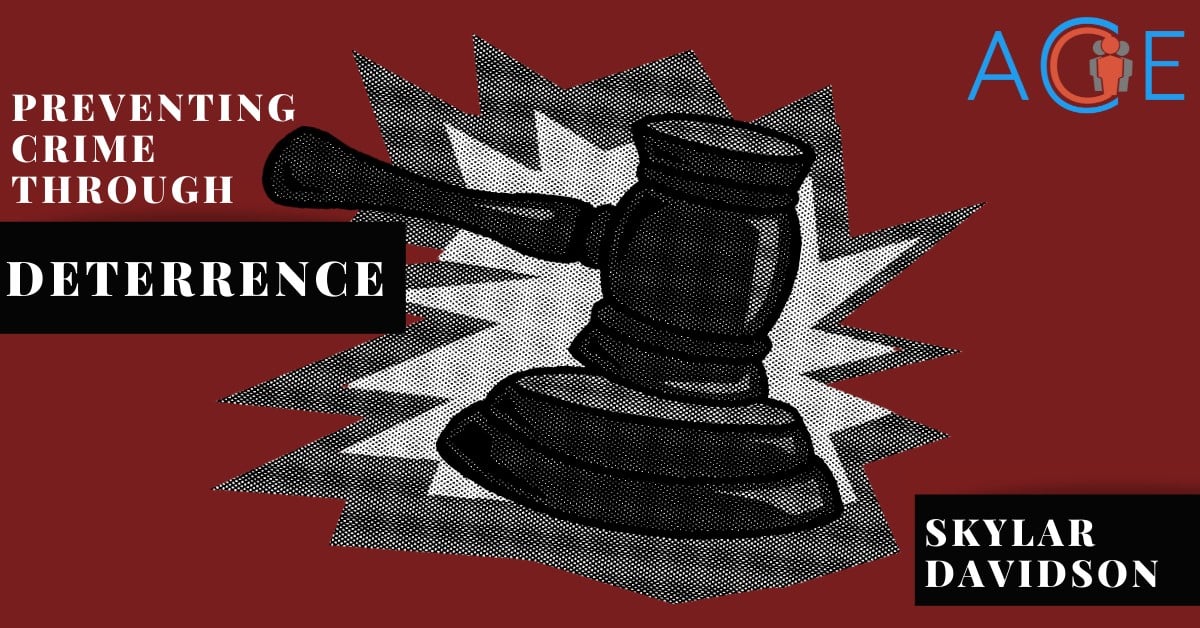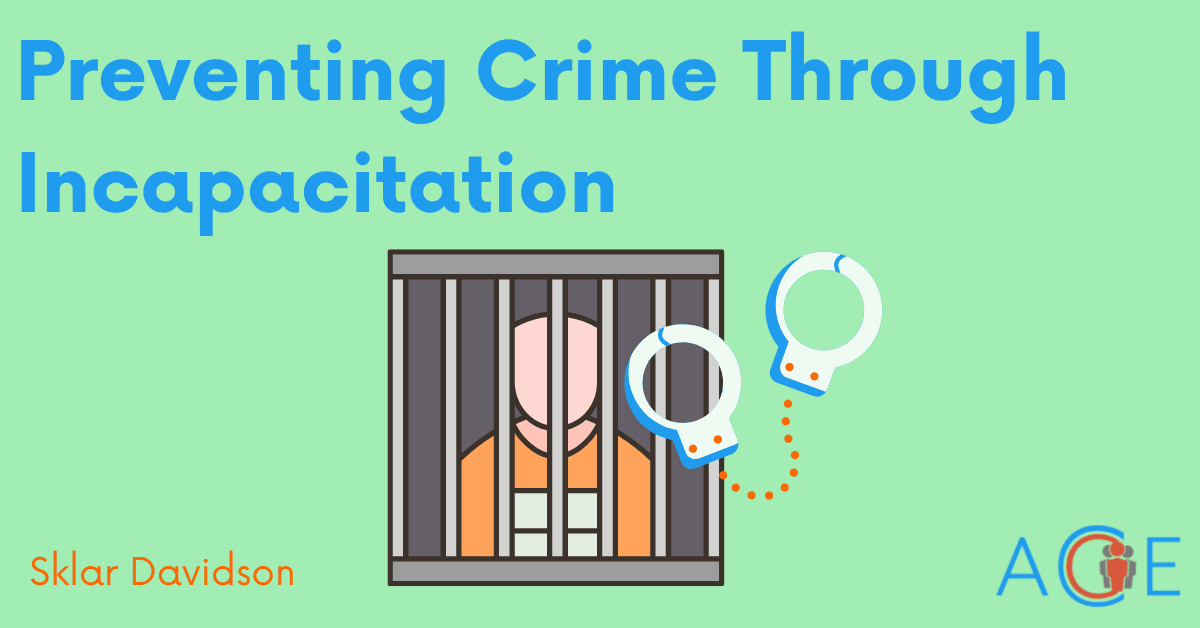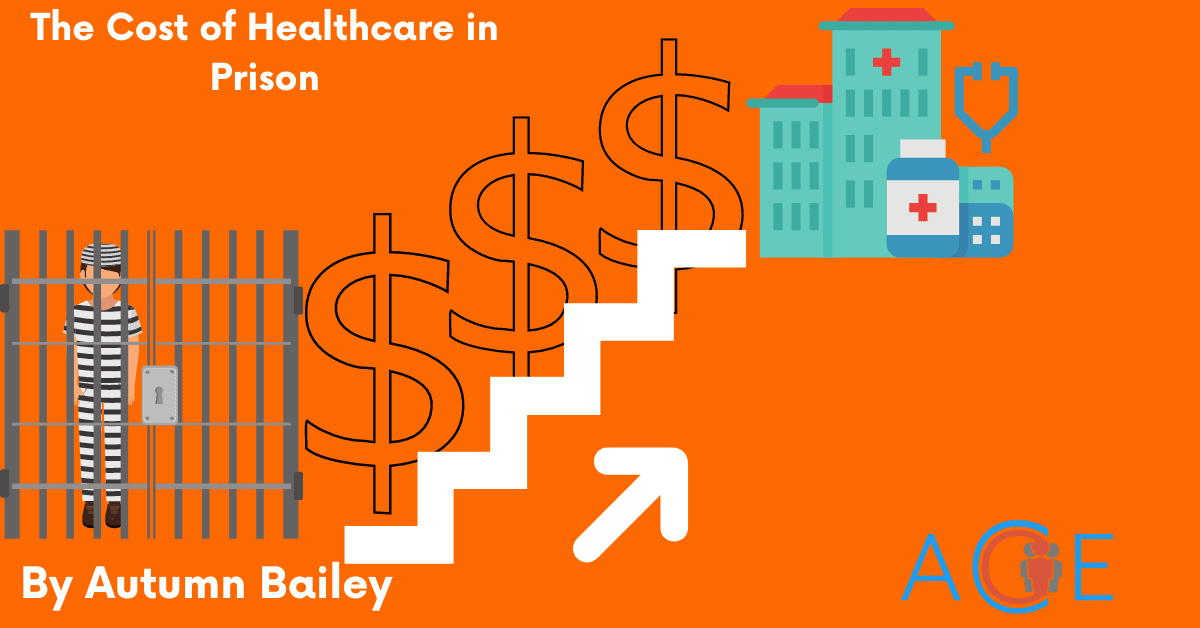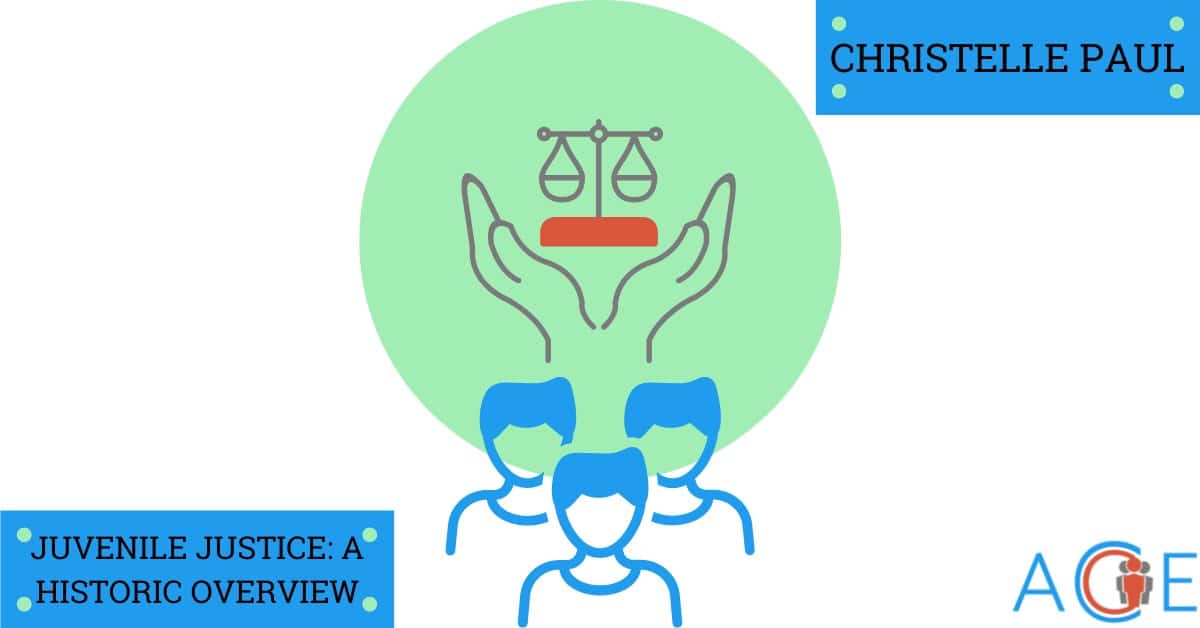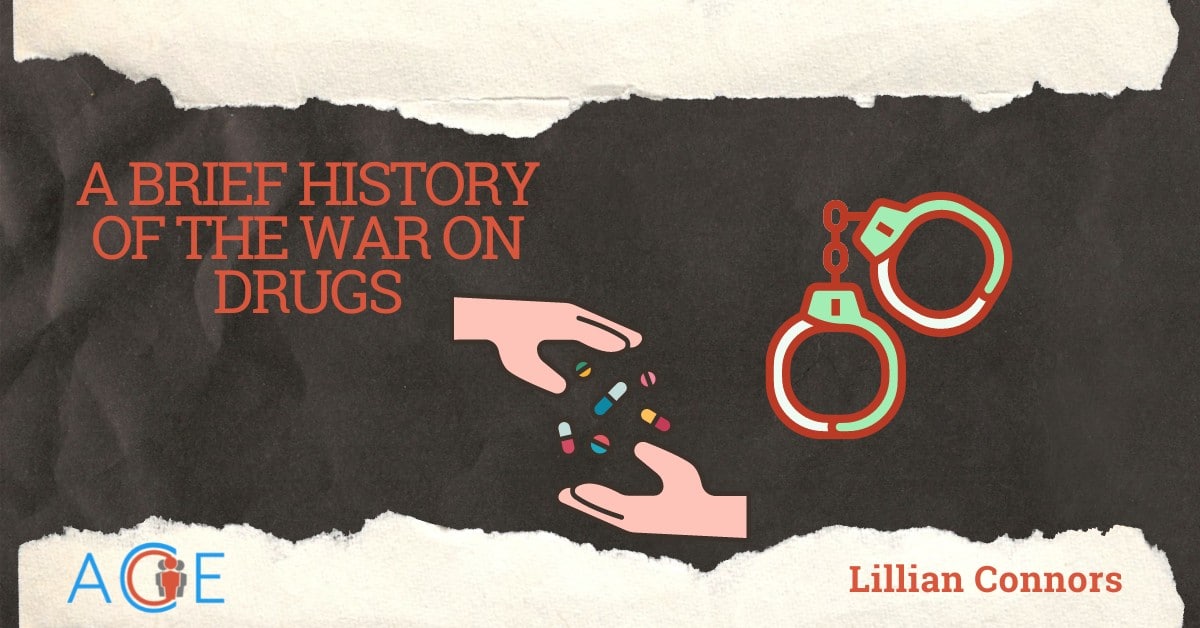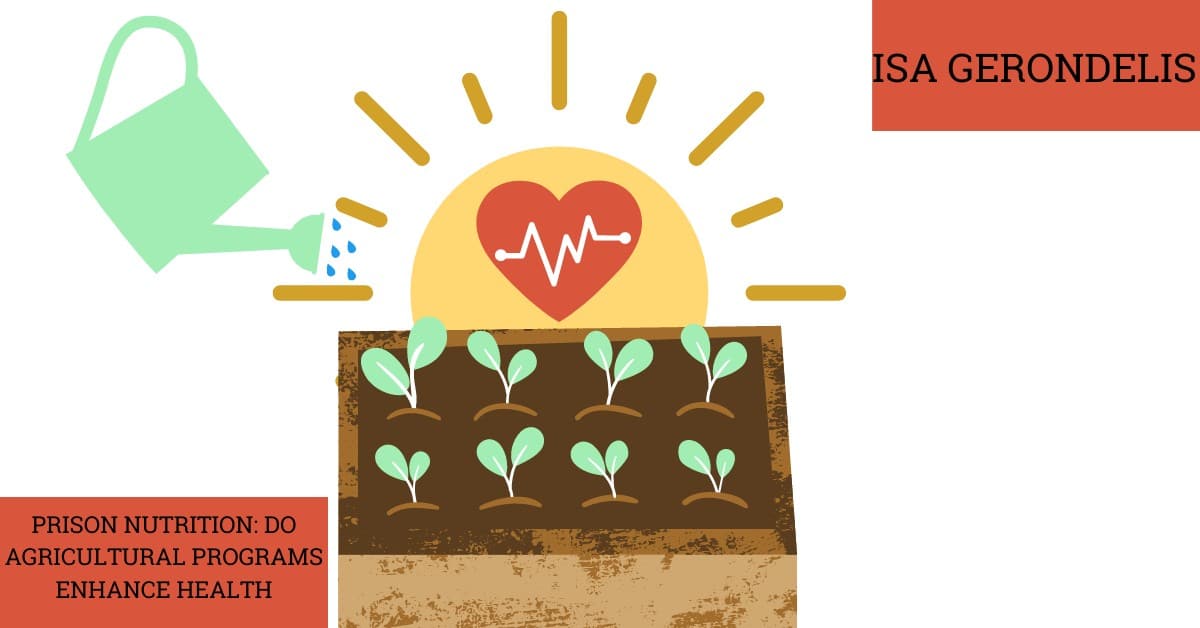Plea bargains have become the primary resolution for many criminal cases in the court system, with 95% of federal criminal cases currently resulting in a plea deal. These agreements are made between the prosecutor and the defendant, where the defendant agrees to plead guilty to the charges, thus avoiding a trial. In return, defendants typically receive reduced charges or a lesser sentence. Proponents of plea bargains argue that they help alleviate the burden of overloaded caseloads for prosecutors and judges, while also allowing defendants to avoid lengthy and costly trials or harsher penalties. However, critics of plea bargains argue that they violate defendants’ constitutional right to a trial and can lead to abuse of power within the system.
What has caused this drastic increase in plea bargains?
- Caseload pressure: The more criminal cases the court takes on, the more plea bargains are made to alleviate the burden of these cases having to go to trial.
- Trial complexity: Over the eighteenth and nineteenth centuries, trial procedures have become more developed and procedural. Therefore, trials now take significantly more time and resources to complete, resulting in the current backlog of cases and the need for plea bargains.
- Professionalization: With the decline in part-time prosecutors and amateur police forces, these professions became “full-time crime handlers” in which they were trained in modern investigative techniques that cause courtroom trials to be seen as unnecessary. The reasoning being that if prosecutors had gathered enough evidence to charge the defendant, then the defendant was “obviously” guilty of the crime.
Arguments against Plea Bargains
Those opposed to plea bargains argue that the practice is unethical because it violates defendants’ constitutional right to a trial. They point to the 6th Amendment in the Bill of Rights, which guarantees the right to a speedy and public trial, as evidence of this contention. Critics contend that plea deals circumvent due process, which includes the civil procedures the government must follow to deprive someone of their legal rights. This perspective highlights concerns about potential abuses of power and the importance of upholding defendants’ rights within the criminal justice system.
Opponents of plea bargains argue that the system incentivizes prosecutors to offer plea deals to “save time and money” and improve case closure records. Prosecutors may use the threat of a trial penalty, which involves a harsher sentence if the defendant chooses to go to trial, to pressure defendants into accepting plea bargains. This coercive tactic is seen as obstructing the defendant’s right to a fair trial and may lead innocent defendants to plead guilty, sometimes based on advice from their lawyers. Public defenders, often overloaded with cases, may struggle to provide adequate defense, further incentivizing plea bargains for defendants who cannot afford private representation.
Furthermore, without a trial, prosecutors are not required to meet a high burden of proof to obtain a conviction. This could incentivize them to only charge those they initially suspect without fully investigating the case. The lesser burden of proof necessary for plea bargains allows prosecutors to quickly close cases without needing to convince a unanimous jury of guilt. Additionally, the lack of transparency in plea bargain negotiations and delayed access to evidence for defense attorneys can lead to unchecked misconduct and coercion of defendants into pleading guilty without fully understanding the facts of their case.
Arguments for Plea Bargains
The most common argument supporting plea bargains is their essential role in the court system. Judges and prosecutors argue that without plea bargains, courts would struggle to handle every case, leading to a backlog of caseloads. Many within the system believe that plea bargains are the most efficient practice to keep the system functioning, with 90% of judges surveyed by the National Judicial College stating that plea bargains contribute to advancing justice.
Furthermore, plea bargains allow defendants to avoid the financial burden and lengthy duration of a trial. Trials can take years to reach a resolution, and defendants who cannot afford bail may remain in prison awaiting trial. Accepting a plea deal enables defendants to receive sentencing promptly, often without serving jail time. Additionally, trials involve court fees and costly defense attorney fees, making plea bargains a more feasible option for defendants who cannot afford the expenses associated with a trial.
Supporters of plea bargains recognize the imperfections in the system and propose reforms to address criticisms. One key reform is to establish greater transparency in plea bargain negotiations through oversight and monitoring at every stage of the criminal process. The American Bar Association’s proposed reform includes creating guidelines to minimize discrepancies between plea deal sentences and trial sentences, thereby preventing prosecutors from using harsher sentences as leverage. Another proposed reform involves granting defendants access to all materials and evidence before accepting a plea deal, allowing for an independent review of the case. These reforms aim to ensure fairness and prevent coercion in plea bargain proceedings.
Conclusion
Those who believe in the use of plea bargains would argue that it is an alternative route to justice that allows defendants to seek lesser sentences. Those who do not approve believe that plea bargains are an abuse of power that only serves to benefit the criminal court system without regard for the accused. The essential debate surrounding plea bargains revolves around deciding whether or not the practice is a necessary process of the criminal justice system that only requires some reforms, or if the practice is an unethical obstruction to justice as it denies defendants their constitutional right to a trial.
